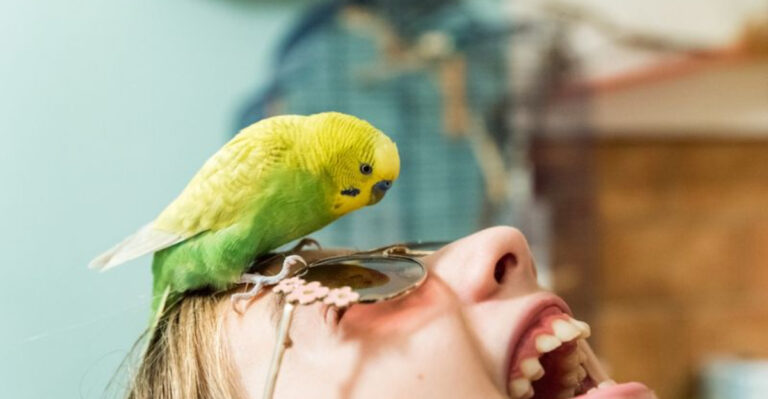17 Common Mistakes Fish Owners Make (And How To Avoid Them)
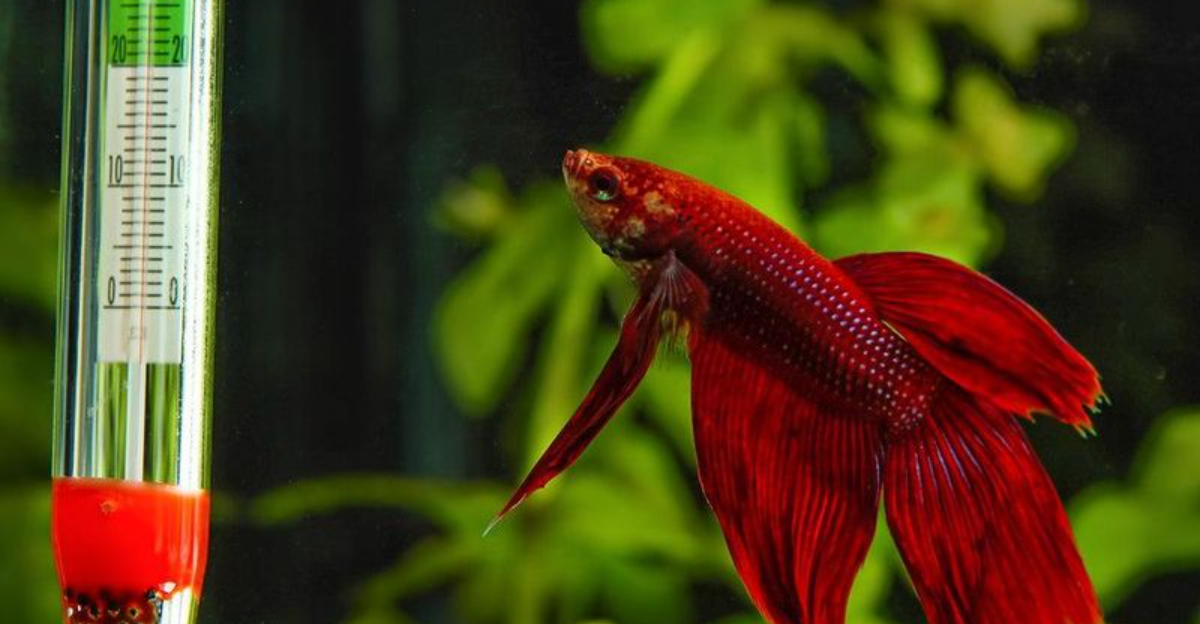
Keeping fish can be a rewarding hobby, but it comes with a learning curve steeper than many expect. Those colorful underwater friends need more than just a tank and some food to thrive.
From water chemistry mishaps to feeding blunders, these common mistakes can turn your aquatic paradise into a stressful situation for both you and your finned companions.
1. Overcrowding Your Tank

Fish need swimming space, not sardine-can conditions! Many owners cram too many fish into too small a tank, causing stress, aggression, and poor water quality.
The one-inch-per-gallon rule is actually outdated. Consider the adult size, territorial needs, and waste production of each species instead. Remember: fish grow, so plan for their adult size from day one.
2. Skipping Water Tests
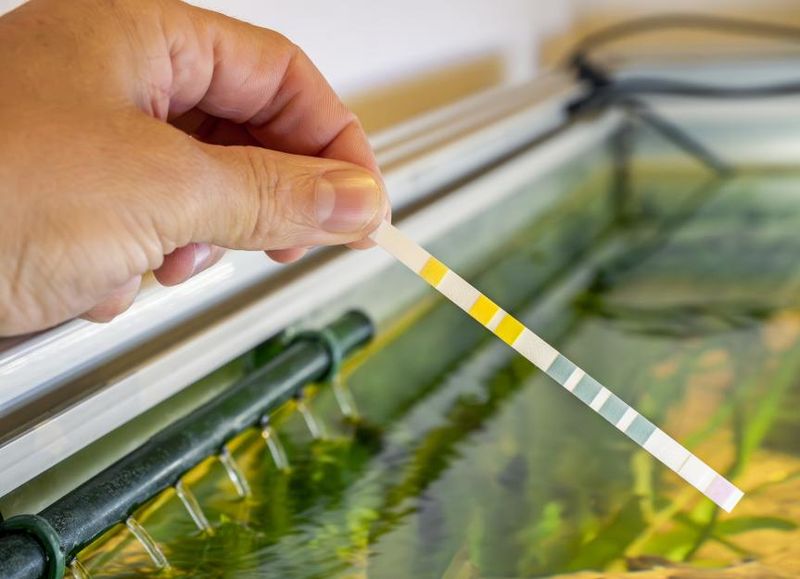
Invisible killers lurk in untested water! Ammonia, nitrites, and nitrates build up silently, poisoning your fish before visible symptoms appear.
Regular testing is your early warning system. Get a reliable test kit and check parameters weekly, especially in new tanks. Quick detection means you can correct problems before your fish suffer, saving both lives and money on emergency treatments.
3. Changing Too Much Water At Once

Radical water changes shock fish systems! Swapping out 90% of tank water disrupts the delicate ecosystem and can cause temperature fluctuations, pH swings, and stress.
Stick to the 10-25% weekly change rule for established tanks. Use a gravel vacuum to remove debris while extracting water. Match new water temperature to tank temperature and treat for chlorine before adding.
4. Ignoring Cycling A New Tank
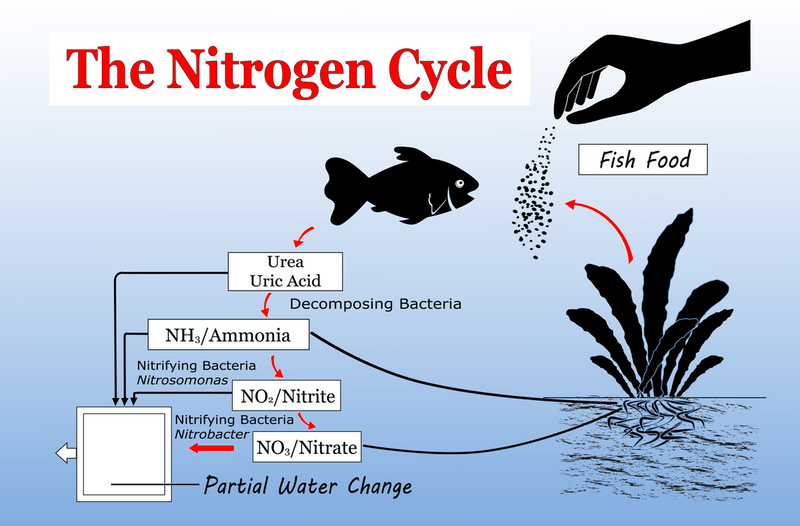
Rushing to add fish to a brand-new setup spells disaster! Without established beneficial bacteria, ammonia from waste quickly reaches toxic levels.
Patience pays off – cycle your tank for 4-6 weeks before adding fish. Add ammonia sources like fish food to kickstart bacteria growth. Consider fishless cycling methods or using bacterial starters to speed up the process safely.
5. Overfeeding Your Fish
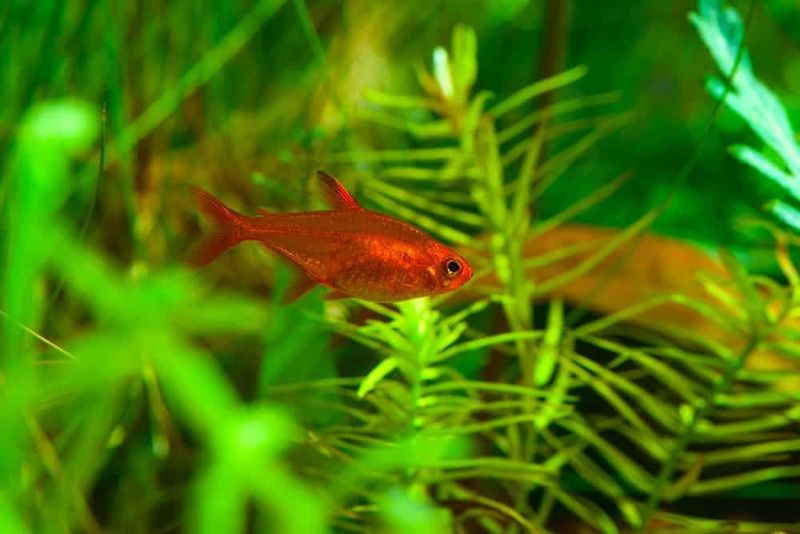
Those begging fish eyes trick owners into serving fish buffets! Excess food doesn’t mean healthier fish – it means polluted water and bloated bellies.
Most fish need feeding just once daily, with only what they can consume in 2-3 minutes. Skip feeding one day weekly to allow digestive systems to reset. Remember that fish in nature don’t eat three square meals daily!
6. Using Tap Water Without Treatment
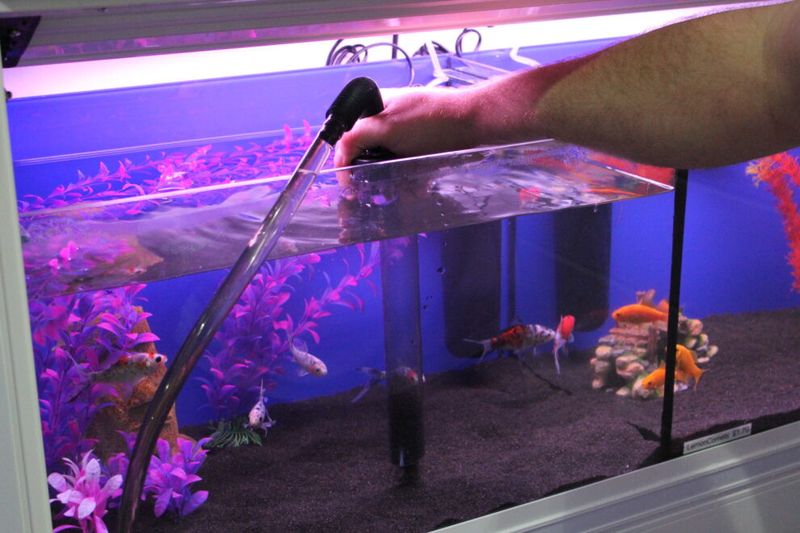
Straight tap water is fish poison in disguise! Chlorine and chloramines, added to make water safe for humans, damage fish gills and kill beneficial bacteria.
Always use a quality water conditioner that neutralizes these chemicals. Let treated water sit for 24 hours before use for best results. Some areas have additional tap water issues like heavy metals or phosphates, so research your local water supply.
7. Keeping Incompatible Fish Together
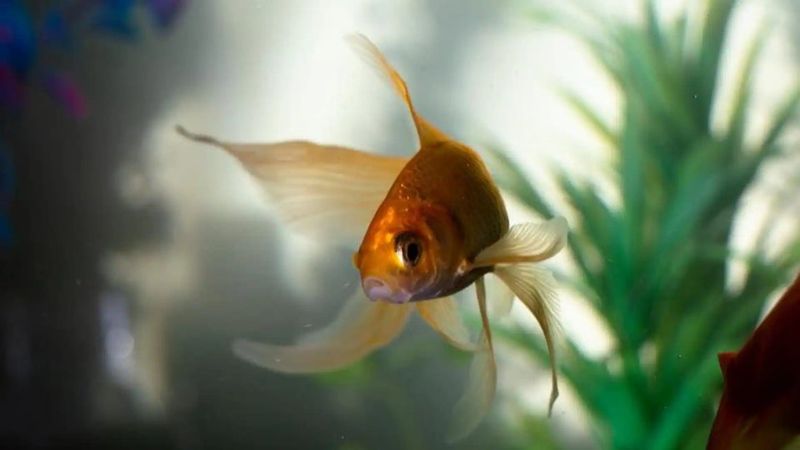
Fish aren’t universal friends! Throwing together species with different temperature needs, aggression levels, or eating habits creates an underwater battleground.
Research before purchasing – some fish are notorious fin-nippers, others territorial bullies. Consider factors like adult size, swimming level, and water parameter preferences. Peaceful community tanks need peaceful community fish.
8. Placing Tanks In Direct Sunlight
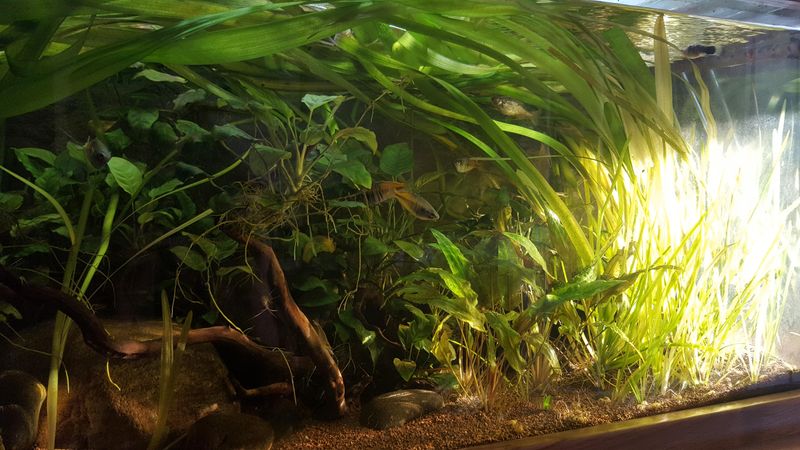
Sunny spots seem perfect until algae takes over! Direct sunlight causes temperature spikes, promotes aggressive algae growth, and stresses heat-sensitive fish.
Position tanks away from windows and direct light sources. If location options are limited, use background panels or controlled lighting periods. Algae battles are much easier to prevent than to fight once established.
9. Using Harsh Cleaning Methods
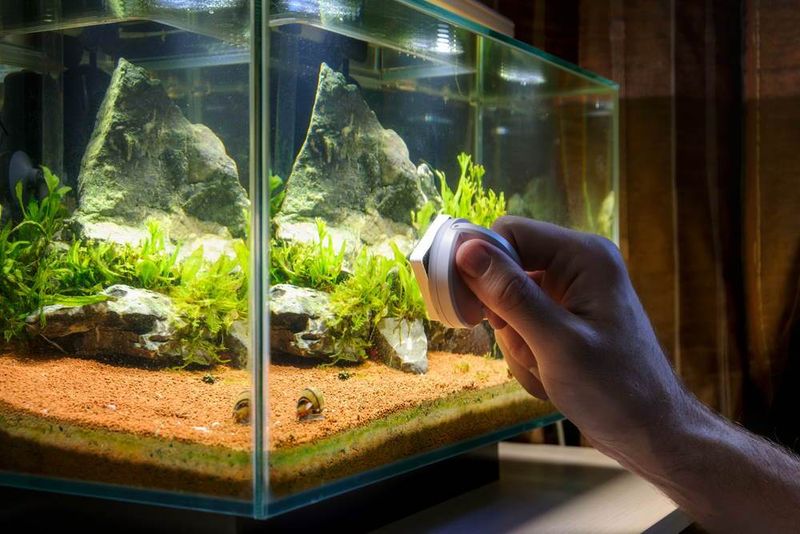
Soap and aquariums never mix! Even tiny residues from cleaning products are toxic to fish and kill beneficial bacteria.
Clean tank decorations and equipment with hot water only, using aquarium-safe brushes for stubborn algae. Never use household cleaners on anything that contacts tank water. For glass cleaning, use aquarium-specific scrapers or magnets.
10. Forgetting Filter Maintenance
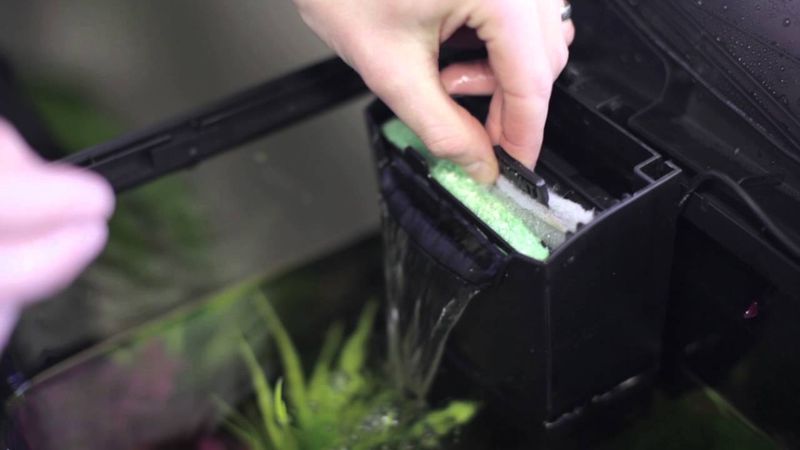
Neglected filters turn from lifesavers to death traps! Clogged media restricts water flow and harbors dangerous waste buildup.
Clean mechanical filter media (sponges, floss) every 2-4 weeks by rinsing in old tank water, never tap water. Don’t clean biological media at the same time as mechanical media. Replace chemical filtration like carbon monthly.
11. Buying Fish Without Research

Impulse fish purchases lead to unexpected surprises! That cute 2-inch fish might grow to 12 inches or need specialized care you’re not prepared for.
Always research adult size, lifespan, diet, and special requirements before buying. Some peaceful-looking species turn aggressive with age. Others need specific water parameters or tank setups to thrive.
12. Ignoring Quarantine Procedures
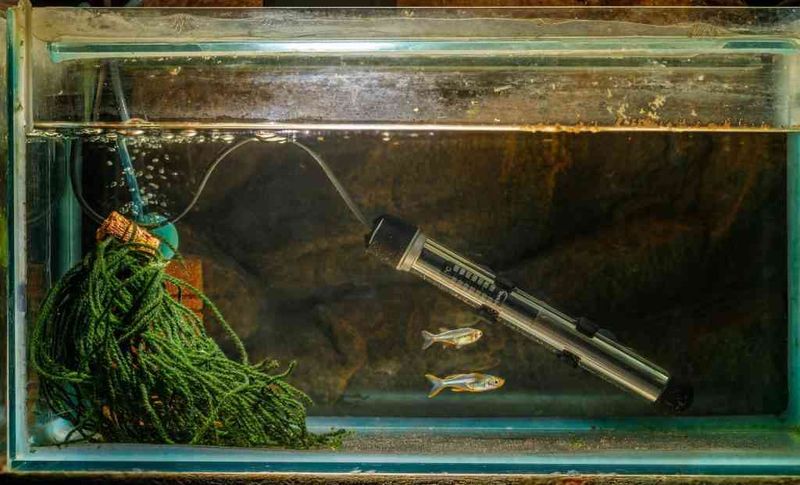
Adding new fish directly to established tanks is gambling with your aquatic family! Hidden parasites and diseases can wipe out entire collections.
Set up a separate quarantine tank for new arrivals. Keep them isolated for 2-4 weeks while watching for signs of illness. This simple step prevents heartbreak and protects your investment in both fish and equipment.
13. Overstocking Bottom Feeders
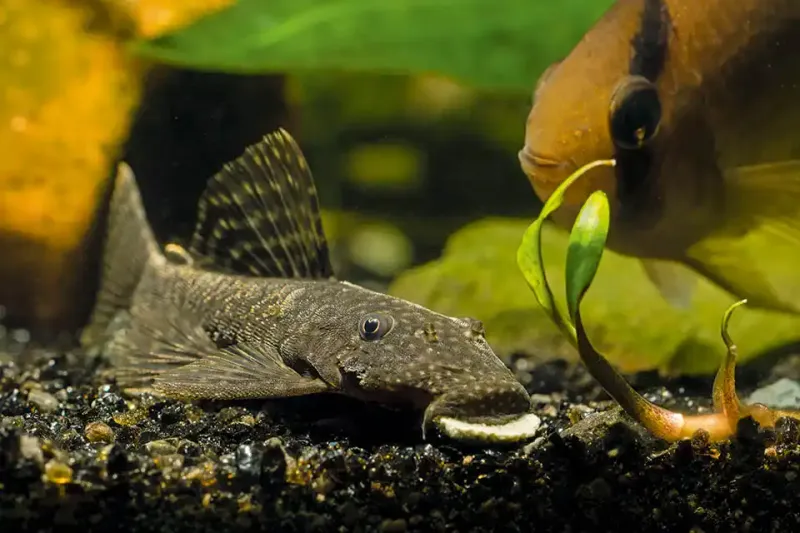
Bottom dwellers aren’t magical cleanup crews! Many owners add too many catfish or plecos thinking they’ll eliminate all tank maintenance.
These fish produce waste just like others. One small pleco or a few corydoras for a 20-gallon tank is plenty. Large species like common plecos grow over 12 inches and need massive tanks. Research adult sizes before believing pet store advice.
14. Misunderstanding Heater Requirements
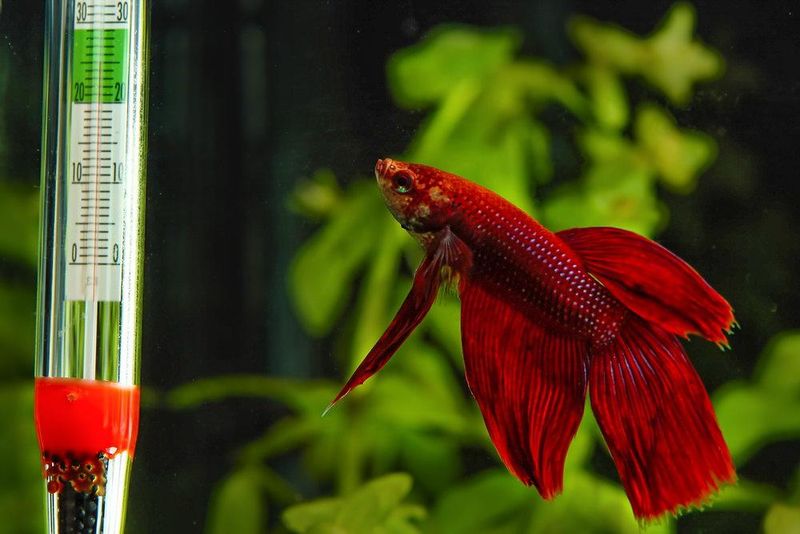
Temperature fluctuations stress fish more than most realize! Undersized heaters can’t maintain stable temperatures, while unguarded heaters can burn curious fish.
Use 5 watts per gallon as a general rule. Always protect heaters with guards if fish can contact them. Consider using two smaller heaters instead of one large one – if one fails, the other prevents deadly temperature crashes.
15. Rushing Medication Treatments
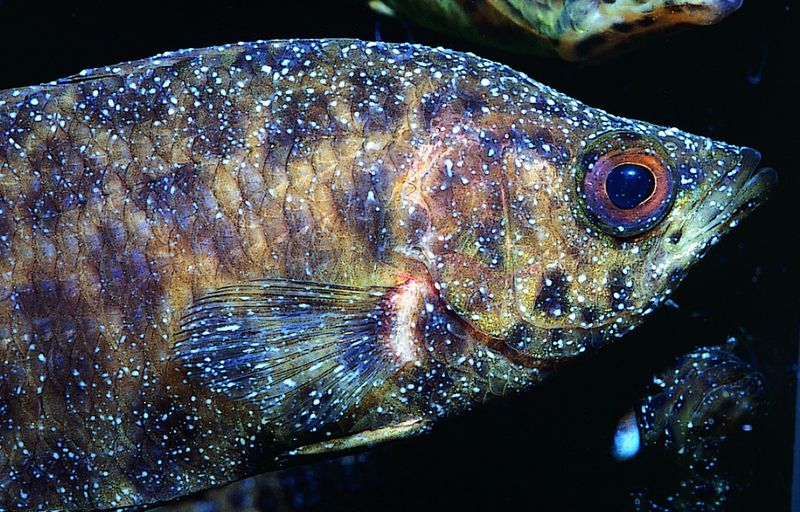
Mystery symptoms don’t always need medication! Incorrect treatments often worsen problems by stressing fish and disrupting beneficial bacteria.
First, test water parameters – most issues stem from poor water quality. Research symptoms thoroughly before treating. Remove carbon from filters during medication, as it absorbs medications. Follow dosage instructions exactly, even if fish seem to improve quickly.
16. Neglecting Water Top-Offs

Evaporation concentrates dissolved substances to dangerous levels! As water evaporates, minerals remain behind, gradually shifting water chemistry.
Check water levels weekly and top off with dechlorinated water. Never add salt or other additives to top-off water – these should only be added during water changes. In open-top tanks, expect to replace 1-2 inches weekly in dry climates.
17. Ignoring Signs Of Stress

Fish communicate distress through behavior changes! Clamped fins, hiding, rapid breathing, or color changes are urgent messages many owners miss.
Learn normal behavior for your species. Sudden changes warrant immediate water testing and observation. Quick intervention during early stress signs prevents full-blown disease outbreaks. Keep a journal of tank maintenance and fish behavior to spot patterns.


